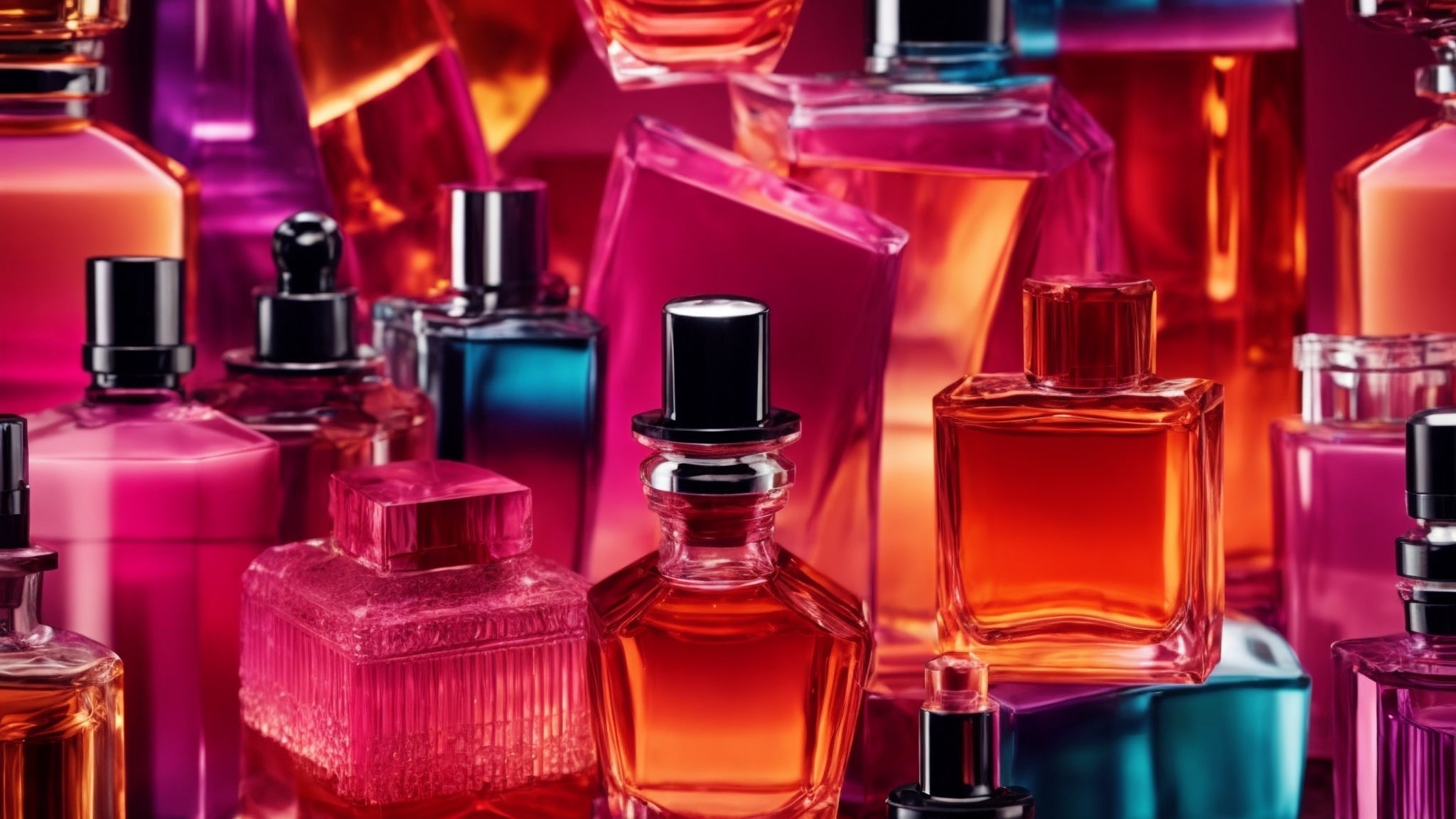What Type of Fragrance Turns You On? Unlocking the Science of Scent and Attraction
In the realm of human attraction, scent plays a surprisingly significant role. While visual cues often take center stage, our olfactory senses subtly influence our perceptions and desires. The question, "What type of fragrance turns you on?" is deeply personal, yet scientific understanding can shed light on the underlying mechanisms and common preferences.
This article delves into the fascinating intersection of scent, attraction, and individual preferences, exploring the science behind why certain fragrances ignite desire and how cultural influences shape our olfactory experiences.
The Science of Scent and Attraction: Pheromones and More
The power of scent in attraction isn't merely a matter of subjective taste. Our bodies produce pheromones, chemical signals that can influence the behavior and physiology of others, including their attraction to us. While the exact role of pheromones in human attraction is still under research, studies suggest they might subtly impact our perception of others' attractiveness.
Beyond pheromones, individual preferences for fragrances are shaped by a complex interplay of factors:
- Genetics: Our genes influence our sensitivity to different scents and our overall olfactory preferences.
- Personal Experiences: Positive associations with certain scents, such as those linked to cherished memories or loved ones, can significantly enhance their attractiveness.
- Cultural Influences: Societal norms and trends can influence what scents are considered desirable or alluring within a particular culture.
- Hormonal Fluctuations: Hormonal changes throughout the menstrual cycle, for instance, can affect a woman's scent preferences.
Popular Fragrance Families and Their Associations
Different fragrance families evoke distinct emotions and associations, impacting their perceived attractiveness. Here are some popular categories:
- Floral: Often associated with femininity, romance, and delicacy. Popular floral notes include rose, jasmine, and lavender.
- Woody: Evokes feelings of warmth, masculinity, sophistication, and earthiness. Examples include sandalwood, cedarwood, and vetiver.
- Oriental: Generally rich, warm, and sensual, often combining spices, resins, and woods. Common notes include vanilla, amber, and cinnamon.
- Fresh: Associated with cleanliness, vitality, and a sense of freedom. Examples include citrus notes (lemon, bergamot), green notes, and aquatic accords.
- Fruity: Often cheerful, playful, and youthful, adding a sweet and vibrant touch to a fragrance.
Finding Your Signature Scent: A Personal Journey
Ultimately, the fragrance that turns you on is deeply personal. There's no single "right" answer. The best approach is to explore different fragrance families, notes, and brands to discover what resonates with you. Consider:
- Experimenting with samples: Before committing to a full bottle, test fragrances on your skin to experience how they evolve over time.
- Considering the occasion: The right fragrance for a romantic evening might differ from your everyday scent.
- Trusting your instincts: If a scent evokes positive emotions and feelings of confidence, it's likely a good match for you.
Conclusion: Embrace the Power of Scent
The connection between scent and attraction is powerful and complex. By understanding the science behind our olfactory preferences and exploring various fragrance options, you can unlock the potential of scent to enhance your personal allure and express your unique personality. Embrace the power of fragrance and discover the scents that ignite your own desires!
Disclaimer: This article provides general information and does not constitute medical or professional advice. Individual experiences and preferences may vary.
